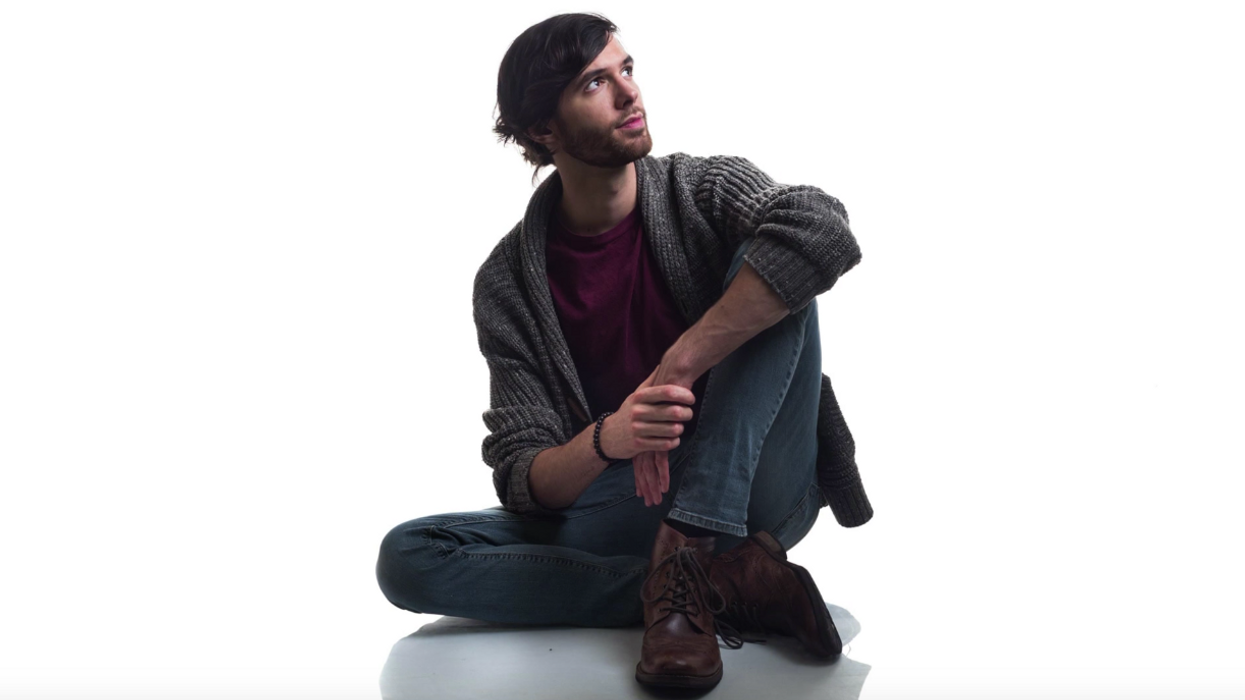5 Common Problems You'll Have Shooting White Backgrounds (& How to Fix Them)
White backgrounds are versatile and can be used for many different kinds of projects, but they certainly come with their own set of challenges.

Chances are that you will have to shoot a scene in front of a white background at some point in your filmmaking career. If done right, your shots can look polished and professional, but if done wrong, will look muddy and clumsy. In this video from Adorama, photographer Gavin Hoey shows you 5 common problems you might encounter when working with a white background, as well as how to troubleshoot them.
Even though the video is geared more for photographers using strobes, Hoey's great lighting techniques easily translate to the world of cinematography. Here are the problems and solutions he shared in the video:
Problem: Your white background looks grey.
Solution: The issue here is that there isn't enough light hitting the background for it to show up as pure white. All you have to do is add more light to the background and spread it as evenly as you can. (You can use diffusion if you need.)
Problem: Your subject lacks contrast.
Solution: This is kind of the opposite of the previous issue. If your subject lacks contrast, it might be due to there being too much light or unequal brightness from different sources. So, if you're getting this washed out look, you'll want to meter your lights to make sure they're the same brightness so you can get a proper exposure.
Problem: Your background isn't white all over.
Solution: There are actually a couple of ways to fix this issue, both with lighting and in post. First, if you're already working with a key and fill, adding an additional light can help spread more light evenly over your white backdrop. Second, if you don't have a second light, try Hoey's technique of putting your fill light directly behind your subject. Though it won't completely make your backdrop completely white, the vignette it creates is super easy to fix in post.
Problem: Lighting a white floor
Solution: Some of your shots are going to include more than a white backdrop—sometimes you'll need to include a white floor as well. It's difficult to evenly light (and expose) both a backdrop and floor without having several extra lights, but Hoey has a great solution: bounce light by using perspex, plexiglass, or any kind of reflective surface on the floor below your subject. (You'll still need to do some work in post, though.)
Problem: Correcting your shots in post
Solution: Correcting problems in an image is much easier if it's a still. Since we're working with video, there may be a few more/different steps you'll have to go through in order to get your shot perfectly white.
What are some other common issues you run into while working with white backdrops? How do you fix them? Let us know in the comments below!
Source: Adorama













